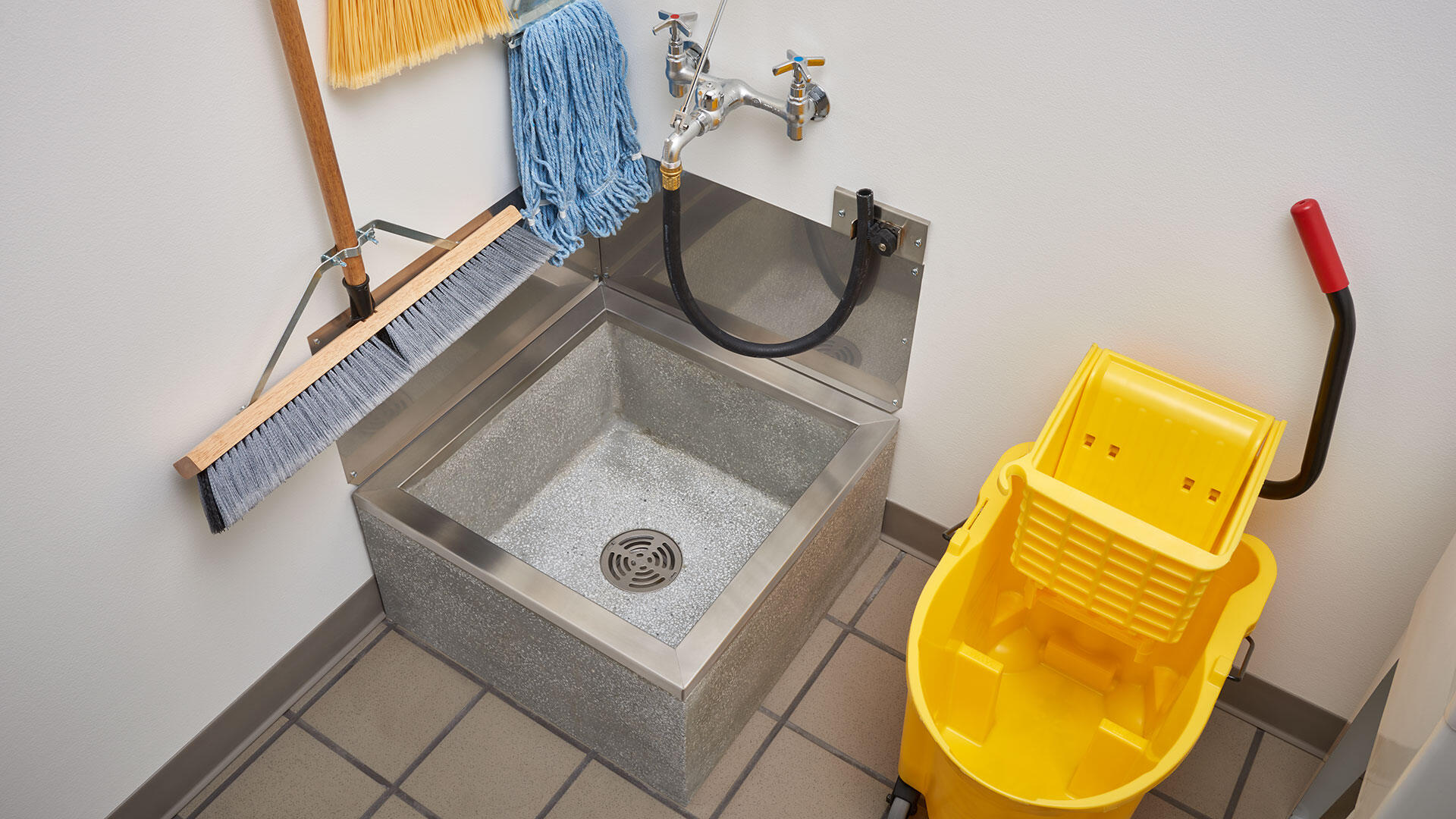

Articles
What Is A Service Sink Used For
Modified: August 28, 2024
Discover the purpose and practical uses of service sinks in our informative articles. Enhance your knowledge and make informed decisions for your plumbing needs.
(Many of the links in this article redirect to a specific reviewed product. Your purchase of these products through affiliate links helps to generate commission for Storables.com, at no extra cost. Learn more)
Introduction
A service sink, also known as a utility sink, is a versatile fixture found in various commercial and industrial settings. It serves as a practical solution for tasks that require heavy-duty cleaning, such as mopping floors, washing tools, or disposing of liquid waste. This type of sink is specially designed to handle these demanding tasks that cannot be efficiently accomplished with a standard kitchen or bathroom sink.
Service sinks are typically larger and more durable than regular sinks, allowing them to withstand heavy use and the cleaning of bulky items. They are an indispensable asset in environments where cleanliness and maintenance are paramount, such as hospitals, laboratories, janitorial closets, and maintenance rooms. The functionality and convenience of service sinks make them a valuable addition in various industries, including healthcare, hospitality, manufacturing, and educational facilities.
In this article, we will explore the definition, purpose, common uses, locations, installation, and maintenance of service sinks. We will also compare them with other types of sinks to help you understand their unique characteristics and benefits.
Key Takeaways:
- Service sinks, also known as utility sinks, are essential fixtures in commercial and industrial settings for heavy-duty cleaning and utility tasks. Their durability, versatility, and larger size make them indispensable in various industries.
- Proper installation and maintenance of service sinks are crucial for ensuring their functionality and longevity. From choosing the right location to regular cleaning and inspection, these practices are essential for maximizing the benefits of service sinks.
Read more: What Are Plumbing Services
Definition of a Service Sink
A service sink, also referred to as a utility sink or a slop sink, is a type of sink that is specifically designed for heavy-duty cleaning tasks and various utility purposes. Unlike standard kitchen or bathroom sinks, service sinks are built to withstand the demands of industrial and commercial settings.
Service sinks are typically larger in size and have a deeper basin compared to regular sinks. They are made from durable materials such as stainless steel or heavy-duty molded plastic to ensure longevity and withstand the rigors of heavy use. The deep basin allows for the accommodation of larger items or larger quantities of liquid waste.
These sinks often feature a high faucet spout to accommodate the filling of buckets or large containers and a wide drain to handle the disposal of liquids without clogging. They may also come equipped with additional features such as built-in soap dispensers, spray nozzles, or hose attachments, depending on the specific needs of the environment in which they are installed.
One key characteristic of service sinks is their versatility. They can be used for a wide range of purposes beyond cleaning, such as filling mop buckets, rinsing tools or equipment, washing off chemicals, or even providing a convenient location for employees to wash their hands when traditional handwashing facilities are unavailable.
Service sinks are typically installed in utility rooms, janitorial closets, maintenance areas, garages, or any other area where heavy-duty cleaning or utility tasks are regularly performed. They are an essential fixture in industries that prioritize cleanliness and require efficient means of disposing of liquid waste.
Now that we have defined what a service sink is, let’s explore the purpose and uses of this practical fixture.
Purpose and Uses of a Service Sink
A service sink serves a multitude of purposes in commercial and industrial environments. Its primary function is to facilitate heavy-duty cleaning tasks and provide a convenient location for the disposal of liquid waste. Let’s explore some of the key purposes and uses of a service sink:
1. Cleaning and Mopping: One of the primary uses of a service sink is for cleaning and mopping floors. The large basin and deep design allow for easy filling of mop buckets and the draining of dirty water, making the cleaning process more efficient.
2. Washing Tools and Equipment: Service sinks provide a dedicated space for washing tools and equipment, such as brooms, brushes, buckets, and other cleaning utensils. The deep basin can accommodate larger items, and the high faucet spout allows for easy rinsing.
3. Chemical Handling: In environments where chemicals are used, a service sink can be used for safely rinsing off chemical residues from equipment or containers. The durable materials and specialized drainage systems prevent contamination and ensure proper disposal.
4. Handwashing Station: In areas where traditional handwashing facilities are not easily accessible, service sinks can serve as a temporary handwashing station. This is beneficial in workshops, warehouses, or garages, where employees need to clean their hands before handling materials or operating machinery.
5. Pet Grooming: Service sinks are also commonly used in pet grooming facilities. The large basin and sturdy construction make it easier to bathe and groom animals, and the convenient drain system ensures efficient water drainage.
6. Laundry Tasks: In certain settings, such as laundry rooms in hotels or hospitals, service sinks can be used for pre-treating stains, soaking garments, or handwashing delicate items that require special care.
7. Filling and Emptying Containers: Service sinks provide a practical solution for filling and emptying large containers, such as buckets, mop wringers, or cleaning solution containers. The high faucet spout and wide drain allow for quick and efficient transfer of liquids.
8. General Utility Tasks: Service sinks can be used for a variety of other utility tasks, such as cleaning paintbrushes or other art supplies, rinsing off gardening tools, or even as a temporary station for defrosting frozen items.
The versatility and durability of service sinks make them a valuable fixture in various industries, including healthcare facilities, janitorial services, schools, restaurants, manufacturing plants, and more. The next section will explore some common locations where service sinks are typically installed.
Common Locations for Service Sinks
Service sinks are typically found in a wide range of commercial and industrial settings where heavy-duty cleaning and utility tasks are performed on a regular basis. Let’s explore some of the common locations where service sinks are commonly installed:
1. Hospitals and Healthcare Facilities: Service sinks are essential in healthcare settings to meet the strict hygiene standards. They can be found in areas such as janitorial closets, utility rooms, and laundry rooms, where they are used for cleaning mops, emptying bedpans, and performing other sanitary tasks.
2. Laboratories and Research Facilities: Laboratories have specific requirements for cleaning and disposing of chemical waste. Service sinks are installed in these facilities to handle various cleaning tasks and provide a dedicated area for cleaning laboratory equipment and glassware.
3. Restaurants and Food Service Establishments: In commercial kitchens and food service establishments, service sinks are often installed for cleaning larger pots, pans, and utensils that cannot be effectively washed in standard kitchen sinks. They are also used for disposing of liquid waste from food prep areas.
4. Hotels and Hospitality Industry: Service sinks can be found in laundry rooms, housekeeping areas, and maintenance rooms of hotels and hospitality establishments. They are used for tasks such as cleaning linens, rinsing cleaning supplies, and performing general maintenance and repair tasks.
5. Schools and Educational Facilities: Service sinks are commonly found in schools, universities, and educational facilities. They are typically installed in custodial closets, art rooms, science labs, or vocational training areas to facilitate cleaning tasks and provide a dedicated space for handling specialized equipment and supplies.
6. Manufacturing and Industrial Facilities: Service sinks are crucial in manufacturing and industrial settings where heavy machinery, tools, and equipment require regular cleaning. They are often installed in maintenance areas, workshops, and production floors to facilitate efficient cleaning and maintenance.
7. Janitorial and Cleaning Companies: Service sinks are the backbone of janitorial and cleaning companies. These sinks are typically installed in their storage or utility areas to assist in the cleaning and maintenance of their equipment and supplies before and after use.
8. Garages and Auto Repair Shops: In automotive-related establishments, service sinks are used for washing and cleaning automotive tools, parts, and equipment. Their durable construction and drainage features make them ideal for handling oil, grease, and other automotive fluids.
9. Residential Spaces: While less common, service sinks can also be found in some residential settings, particularly in homes with dedicated laundry rooms or garages. They provide a practical solution for various utility tasks and allow for the cleaning of larger items or handling liquid waste effectively.
It’s important to note that the specific locations where service sinks are installed may vary depending on the nature of the business or facility. Proper installation and maintenance of service sinks are crucial to ensure their functionality and longevity. In the next section, we will explore important considerations for the installation and maintenance of service sinks.
A service sink is typically used for tasks such as cleaning mops, filling buckets, and emptying water. It is designed to handle heavy-duty cleaning and maintenance tasks, making it a valuable addition to commercial and industrial settings.
Installation and Maintenance of Service Sinks
Proper installation and maintenance of service sinks are essential to ensure their functionality and longevity. Here are some important considerations for the installation and maintenance of service sinks:
Installation:
1. Location: Choose a suitable location for the service sink based on its intended use and the available space. Consider factors such as proximity to water supply and drainage, accessibility for users, and compliance with local building codes and regulations.
2. Plumbing and Drainage: Ensure proper plumbing and drainage connections during installation. The service sink should be connected to a reliable water supply source and have a correct drainage system in place to prevent clogs and ensure efficient flow.
3. Mounting and Support: Depending on the type and size of the service sink, proper mounting and support may be required. Follow the manufacturer’s instructions for securing the sink to the wall or floor to ensure stability and prevent any issues related to structural integrity.
4. Faucet and Accessories: Install a faucet that meets the needs of the intended tasks, such as a high faucet spout for easy filling of buckets or containers. Consider additional accessories such as soap dispensers, sprayers, or hose attachments based on the specific requirements of the environment.
Maintenance:
1. Cleaning: Regularly clean the service sink to prevent the buildup of grime, dirt, or bacteria. Use non-abrasive cleaners and follow the manufacturer’s recommendations for cleaning products to avoid damaging the sink’s surface.
2. Drain Maintenance: Keep the drain free from debris and avoid pouring any solid materials down the drain to prevent clogs. Regularly check and clean the drain trap or strainer to maintain proper drainage.
3. Inspection: Periodically inspect the sink and its plumbing connections for any leaks, cracks, or damage. Address any issues promptly to prevent further damage and ensure the sink’s proper functionality.
4. Repair and Replacement: If any damage or malfunction occurs, it is important to repair or replace the affected parts or the entire sink if necessary. Consult a professional plumber or follow the manufacturer’s guidelines for any repairs or replacements.
5. Regular Maintenance Schedule: Establish a routine maintenance schedule to ensure the longevity of the service sink. Include tasks such as checking plumbing connections, inspecting and cleaning drain traps, and addressing any issues promptly.
By following proper installation and maintenance practices, service sinks can provide reliable functionality and serve their intended purposes effectively for an extended period of time.
In the next section, we will compare service sinks with other types of sinks to understand their unique characteristics and benefits.
Read more: What Is A Dry Sink Used For
Comparison with Other Types of Sinks
When considering the functionality and uses of service sinks, it’s important to compare them with other types of sinks to understand their unique characteristics and benefits. Here is a comparison of service sinks with other commonly used sinks:
Service Sinks vs. Standard Kitchen Sinks:
Service sinks and standard kitchen sinks serve different purposes and have distinct design features:
1. Size and Depth: Service sinks are generally larger and deeper than standard kitchen sinks. The larger size of service sinks allows for the cleaning of larger items and handling of larger quantities of liquid waste.
2. Durability: Service sinks are designed to withstand heavy-duty use and are constructed with durable materials like stainless steel or heavy-duty molded plastic. Standard kitchen sinks are typically made from materials that prioritize aesthetics over durability.
3. Faucet and Accessories: Service sinks often come equipped with a higher faucet spout and additional accessories like soap dispensers, sprayers, or hose attachments. These features are not commonly found in standard kitchen sinks.
4. Drainage: Service sinks usually have a wider drain to accommodate the disposal of liquids with potential debris or solid waste. Standard kitchen sinks typically have a smaller drain and are designed for everyday use.
Service Sinks vs. Bathroom Sinks:
Service sinks also differ from bathroom sinks in several ways:
1. Purpose: Service sinks are primarily intended for heavy-duty cleaning and utility tasks, while bathroom sinks are designed for personal hygiene such as handwashing and oral care.
2. Size and Depth: Service sinks are typically larger and deeper than bathroom sinks to allow for the cleaning of larger items and handling of liquid waste.
3. Installation: Service sinks are commonly installed in utility areas, janitorial closets, or maintenance rooms, while bathroom sinks are usually installed in bathrooms and powder rooms.
4. Plumbing: Bathroom sinks are connected to a hot and cold water supply for personal hygiene, while service sinks are generally connected to a cold water supply for cleaning purposes.
5. Design: Bathroom sinks are often designed with aesthetics in mind, offering various styles and materials. Service sinks prioritize functionality and durability over aesthetics.
Service Sinks vs. Laundry Sinks:
Service sinks and laundry sinks share some similarities, but they have specific differences:
1. Use: Service sinks are multifunctional and serve a variety of heavy-duty cleaning tasks, while laundry sinks are specifically designed for laundry-related tasks such as pre-treating stains, handwashing delicates, or rinsing clothes.
2. Size and Depth: Service sinks are typically larger and deeper than laundry sinks, allowing for the handling of larger items and quantities of liquid waste.
3. Additional Features: Laundry sinks often have built-in washboards or grooves for scrubbing and pre-treating laundry. Service sinks may have additional accessories like soap dispensers or sprayers for efficient cleaning.
4. Location: Service sinks are generally installed in utility rooms, janitorial closets, or maintenance areas, while laundry sinks are commonly found in laundry rooms or designated areas for laundry tasks.
5. Plumbing Connections: Laundry sinks may have additional plumbing connections for connecting washing machines, while service sinks typically do not require these additional connections.
While service sinks are tailored for heavy-duty cleaning and utility tasks, other sink types have their own specific purposes. Choosing the right sink for a particular task depends on the nature of the task, the available space, and the specific needs of the environment.
In the concluding section, we will summarize the key points discussed in this article.
Conclusion
Service sinks, also known as utility sinks, play a vital role in commercial and industrial environments where heavy-duty cleaning and utility tasks are performed. They are designed to handle demanding cleaning tasks, accommodate larger items, and provide a convenient location for the disposal of liquid waste.
Service sinks are versatile fixtures that can be found in various industries, including healthcare, hospitality, manufacturing, and educational facilities. They are used for tasks such as mopping floors, washing tools and equipment, handling chemicals, and providing a temporary handwashing station when needed.
When compared to standard kitchen sinks, service sinks are larger, more durable, and equipped with features like higher faucet spouts and additional accessories. They are also distinct from bathroom sinks and laundry sinks in terms of purpose, size, installation locations, and specific functionalities.
The installation and maintenance of service sinks are crucial to ensure their proper functionality and longevity. Proper plumbing and drainage connections, mounting and support, and regular cleaning and inspection are key factors in maintaining the effectiveness of service sinks.
By understanding the characteristics and uses of service sinks, you can make informed decisions about their installation and utilization in your specific industry or environment.
In conclusion, service sinks are indispensable fixtures that provide convenience, efficiency, and durability for heavy-duty cleaning and utility tasks. Their versatility and functionality make them an essential asset in a wide range of settings, contributing to the overall cleanliness and maintenance of various industries.
Whether it is a hospital, restaurant, laboratory, or maintenance facility, a service sink is an essential component that ensures effective cleaning, waste disposal, and utility operations.
By choosing the right service sink and following proper installation and maintenance practices, you can maximize the benefits and longevity of this practical fixture in your industry or business.
Frequently Asked Questions about What Is A Service Sink Used For
Was this page helpful?
At Storables.com, we guarantee accurate and reliable information. Our content, validated by Expert Board Contributors, is crafted following stringent Editorial Policies. We're committed to providing you with well-researched, expert-backed insights for all your informational needs.







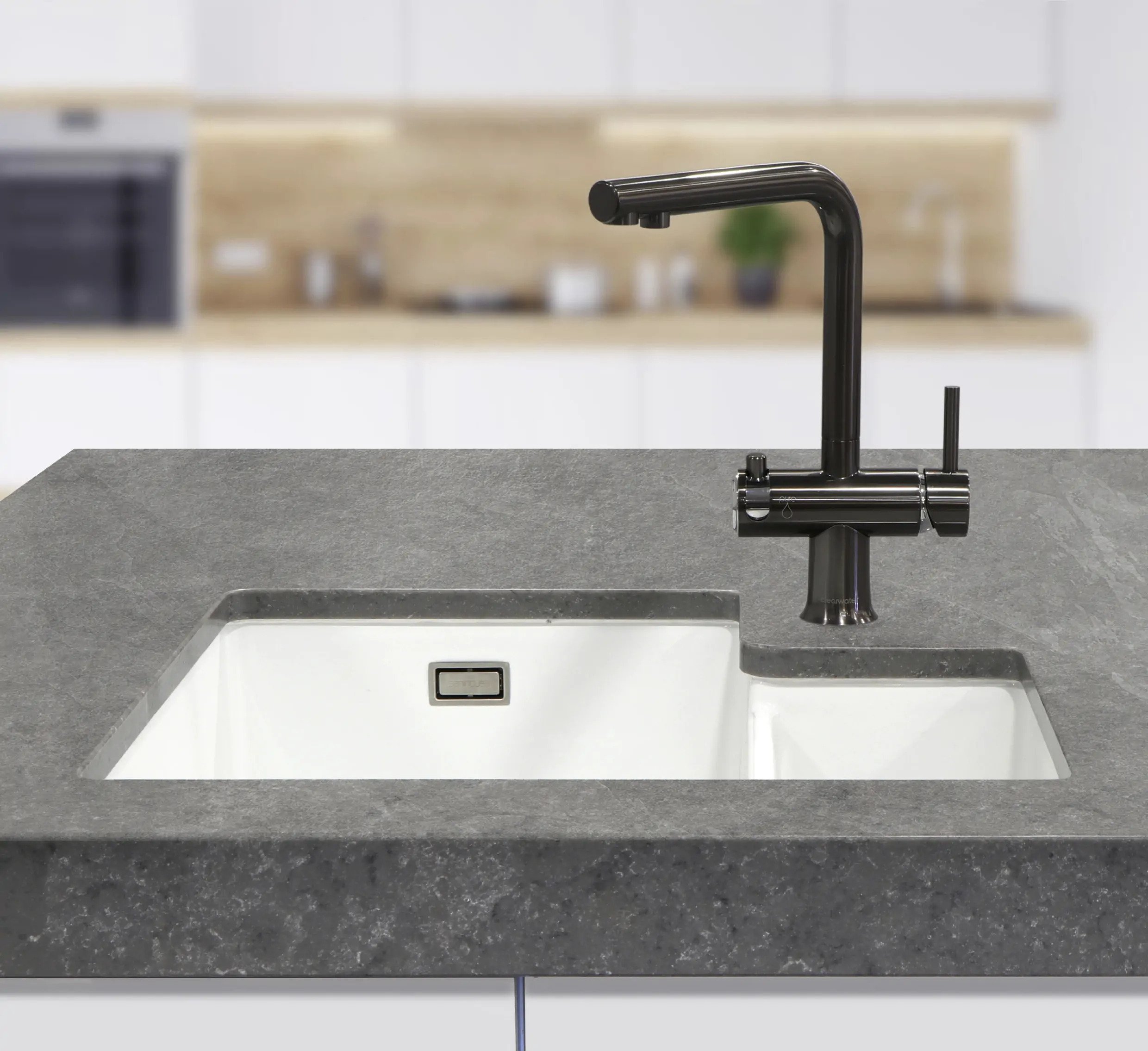
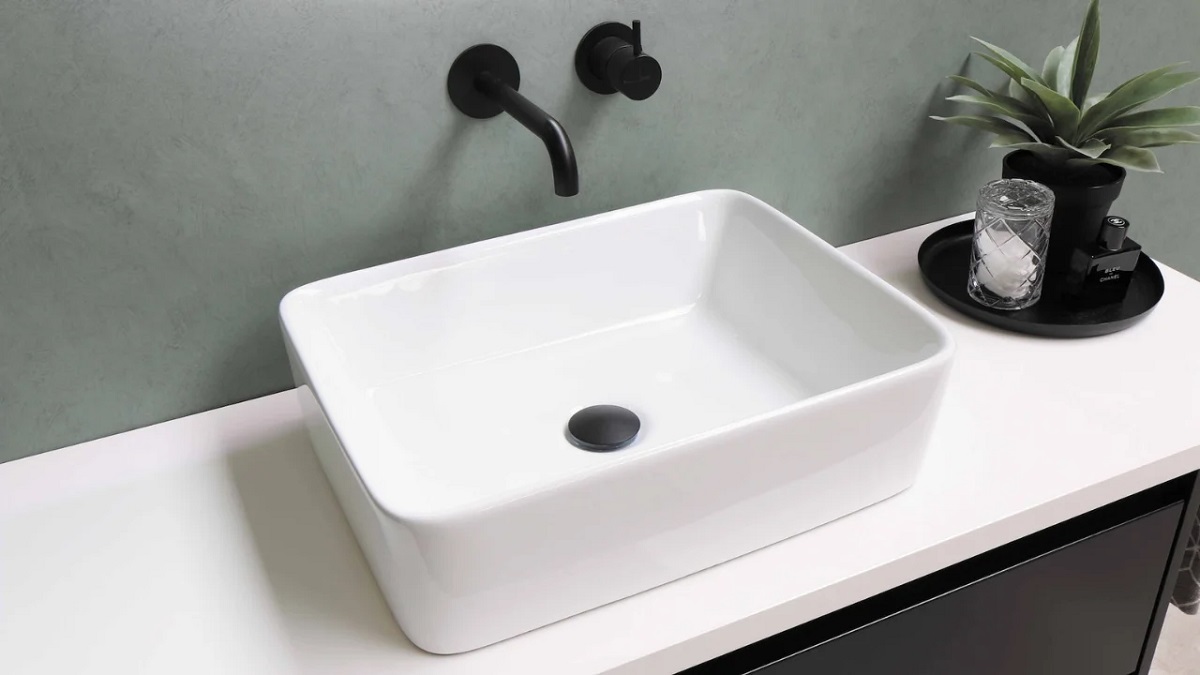
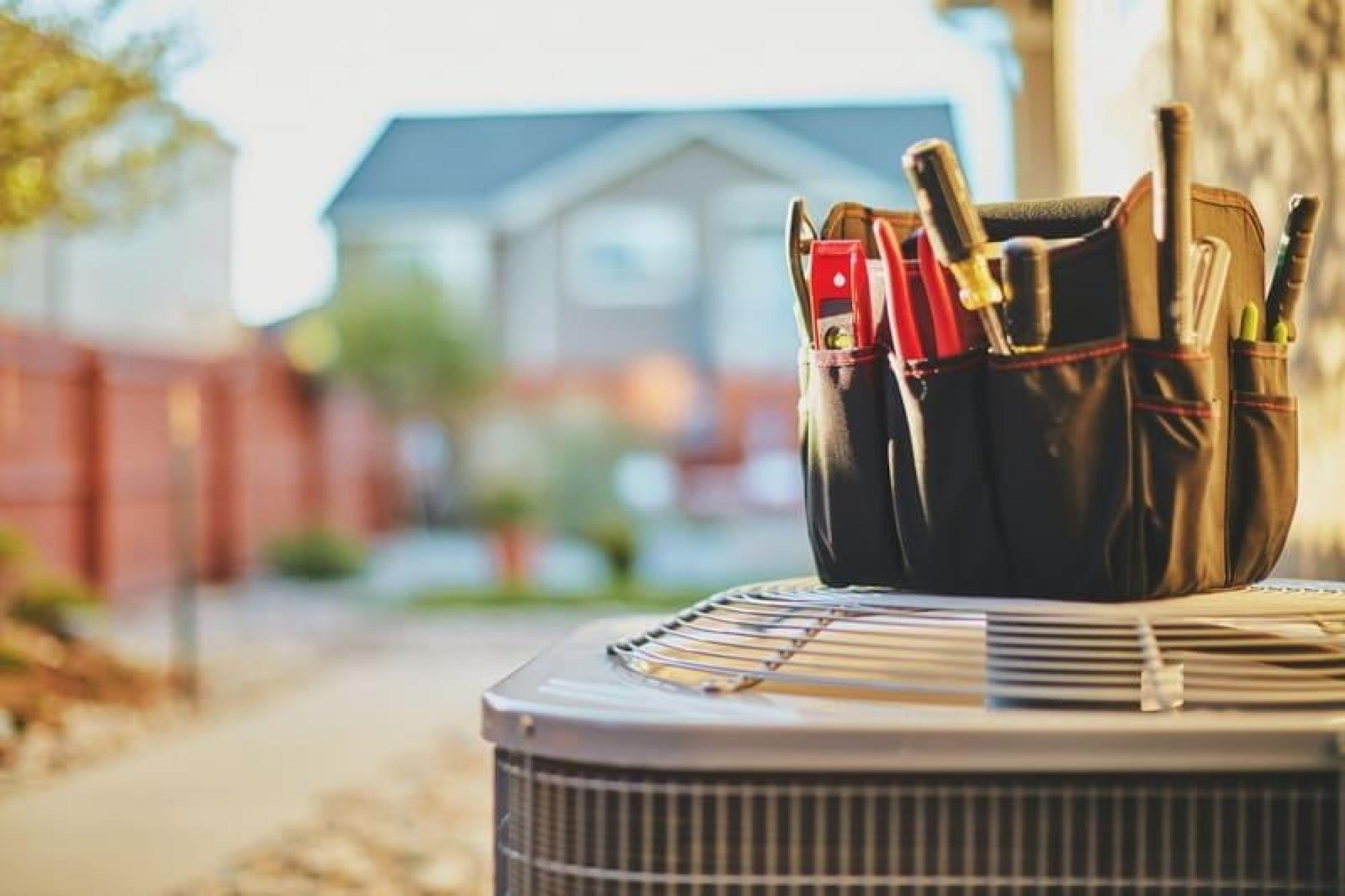
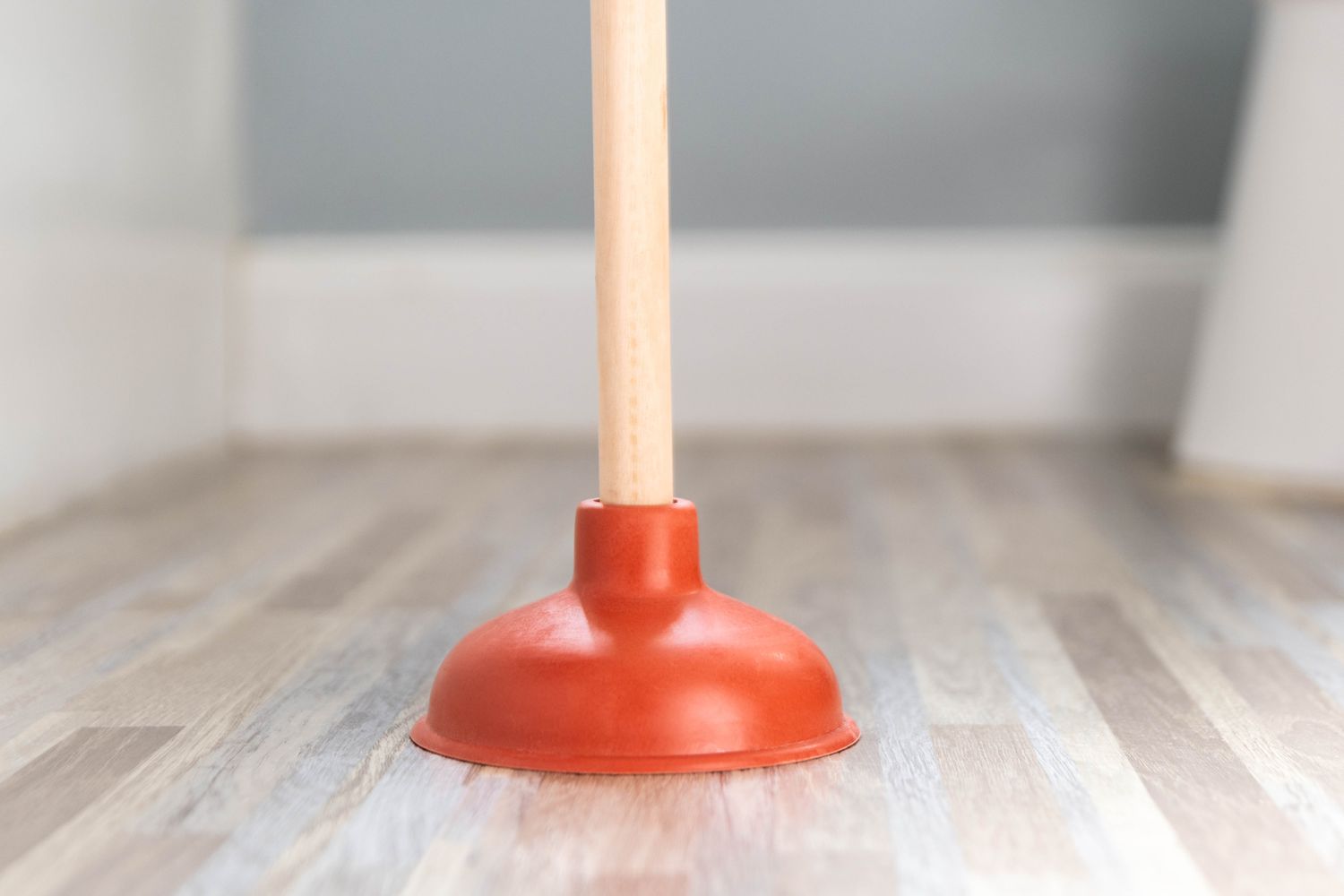

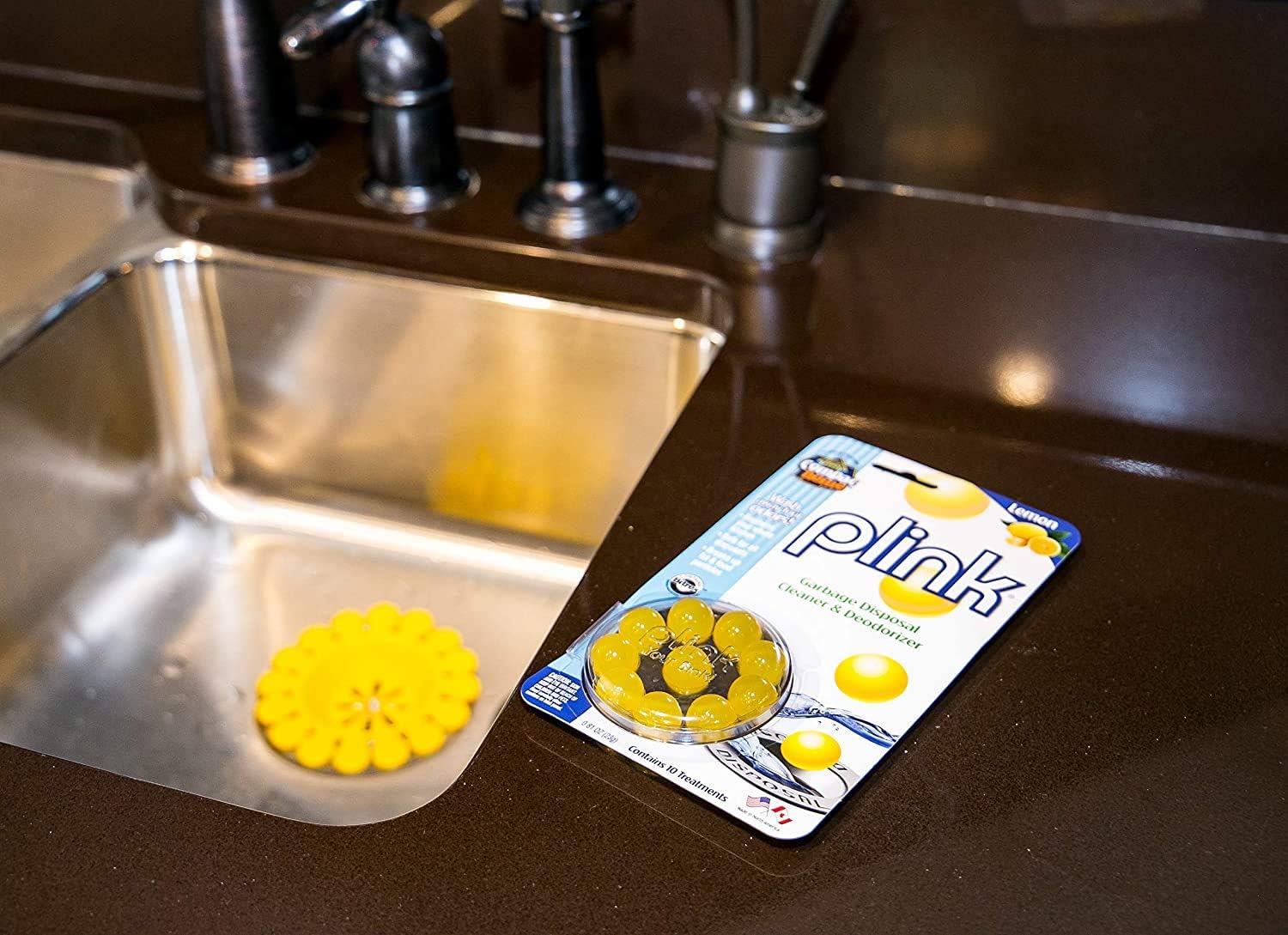


0 thoughts on “What Is A Service Sink Used For”